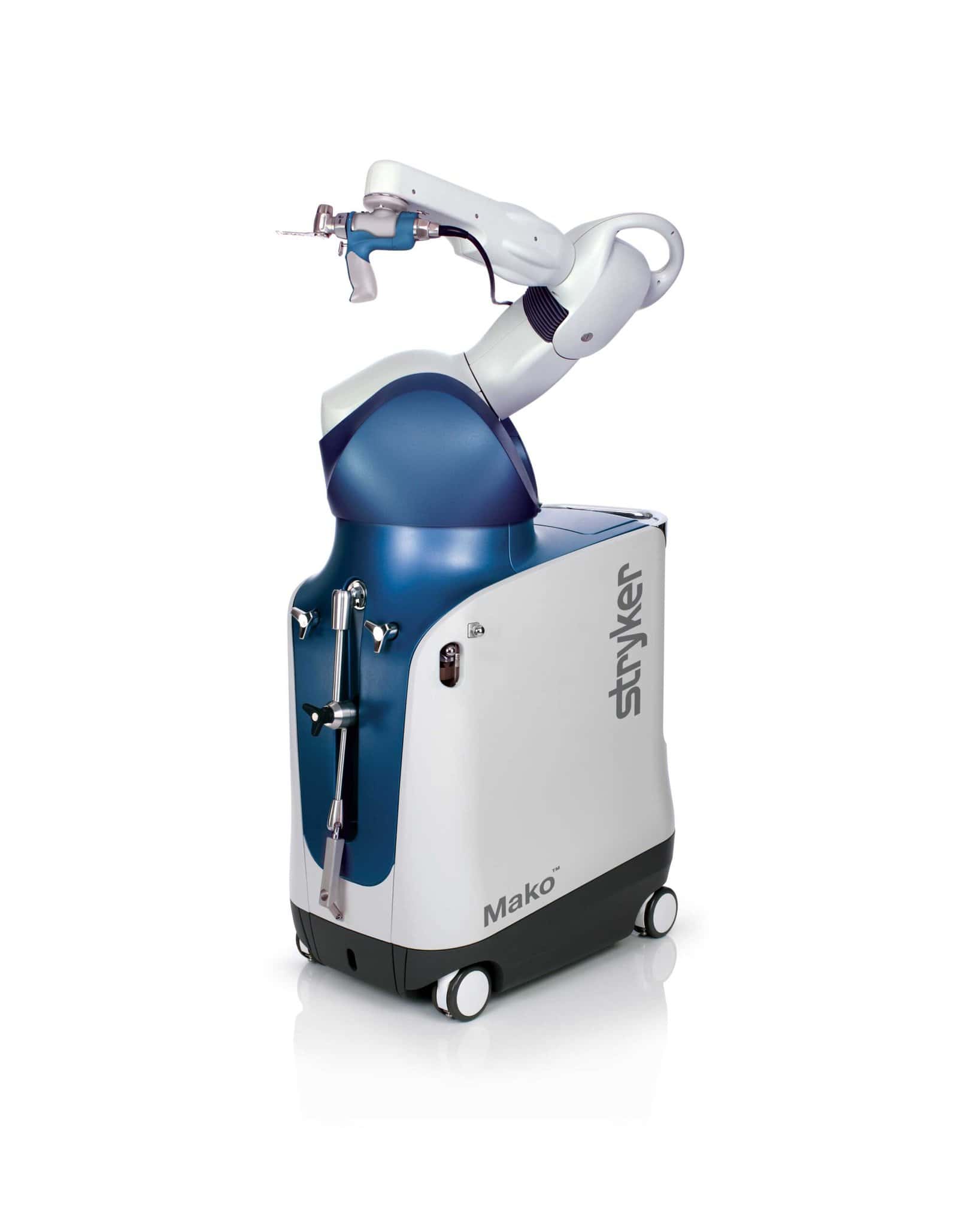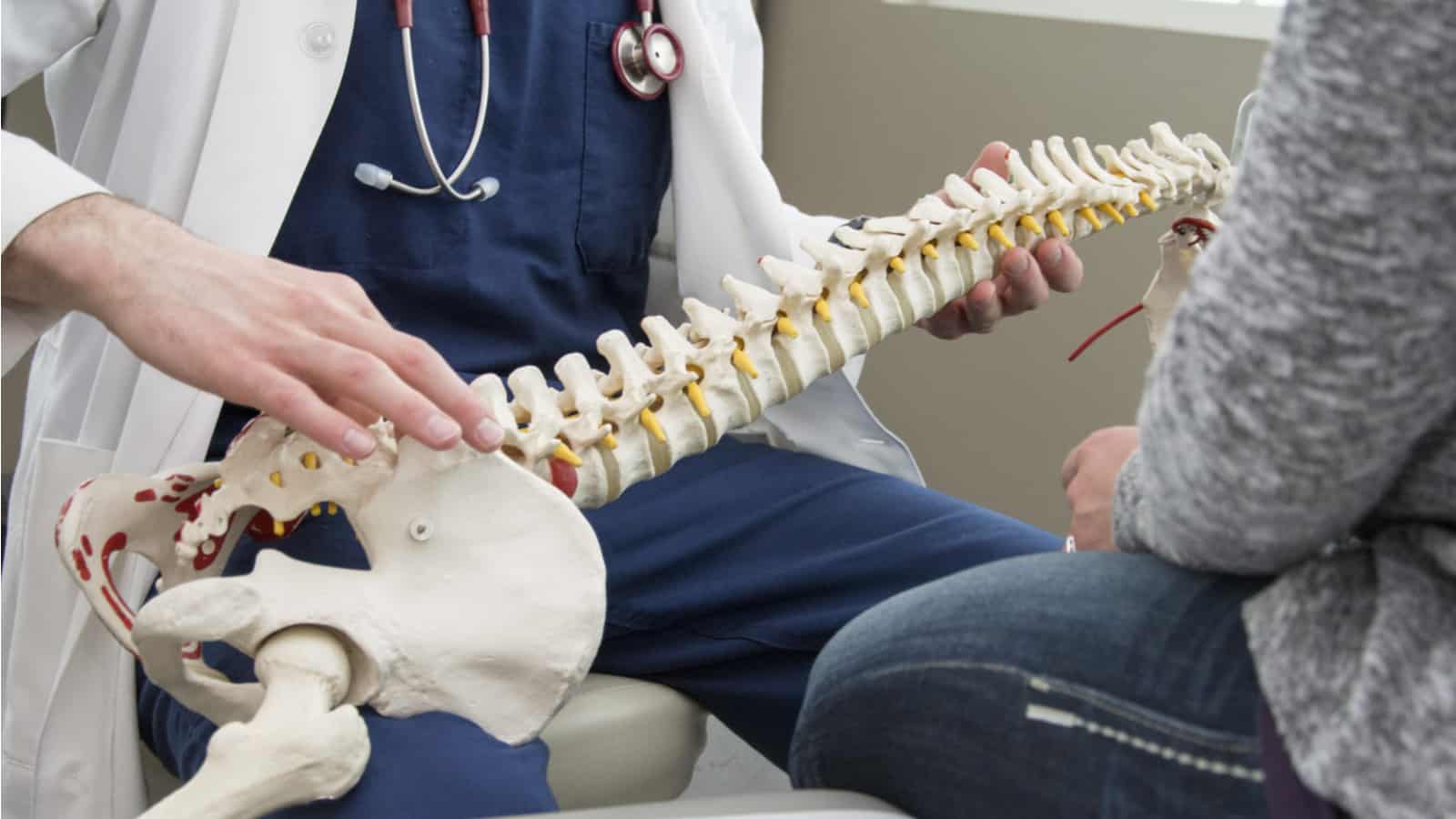To determine which type of hip replacement is right for you, our doctors will conduct a thorough examination that includes x-rays, MRIs, strength and range-of-motion tests, your medical history and a series of questions. Get in touch with our hip replacement orthopaedic surgeons to see if it’s right for you.
Hip Replacement Surgery
The hip is a “ball-and-socket” joint where the “ball” at the top of the thigh bone (femur) fits inside the “socket” in the pelvis (acetabulum). A layer of smooth cartilage covers the bone ends in a healthy hip joint, allowing you to walk and move your leg easily. When the bone and/or cartilage of the hip becomes diseased or damaged, the joint can stiffen and be very painful.
If the pain and stiffness of the hip joint is severe and other treatments have not brought sufficient relief, a hip replacement may be recommended.
Hip conditions commonly treated with hip replacements:
- Avascular Necrosis (AVN) of the Hip
- Degenerative Joint Disease of the Hip (Osteoarthritis of the Hip)
- Hip Bursitis
- Iliotibial Band Syndrome (ITBS)
- Osteoarthritis of the Hip
- Hip Fractures
Total Hip Replacement
Initial treatment for advanced hip conditions often includes nonsurgical techniques such as medication, physical therapy and using assistive devices such as orthotics or a cane. If these methods are unsuccessful, patients often turn to surgery to relieve their symptoms and resume a more active and enjoyable life. We can help determine if a total hip replacement is right for you.
Total hip replacement involves replacing the diseased bone and cartilage with a metal ball and plastic cup to relieve pain and restore movement and function to the joint. After this procedure, patients will be able to once again move without the stiff, debilitating pain of arthritis.
How Invasive is Total Hip Replacement?
Recent advances in surgical technology make it possible to perform minimally invasive joint replacements. Traditionally, an incision of 10-12 inches was needed for hip replacement surgery. Now, for patients who qualify, the same procedure can be performed with smaller incisions. There are other advantages to these techniques that may help make the surgery safer and allow patients to enjoy a potentially faster and less painful recovery. Our doctors will discuss with you whether you are a candidate for minimally invasive hip replacement surgery.
Anterior Hip Replacement
When a patient requires a hip replacement surgery, the traditional method involves reaching the joint through the rear of the leg. But recent advances in technique have made an anterior approach a better solution for certain patients. In an anterior hip replacement procedure, the surgeon accesses the hip joint through the front of the leg instead.
Entering the joint through an anterior approach offers a number of advantages. Muscles that need to be cut and subsequently reattached for traditional hip replacement surgeries only need to be moved aside for anterior hip replacement. An anterior hip replacement provides the surgeon with the ability to clearly visualize the full hip socket and allows for a variety of implant devices to be introduced.
Benefits of Anterior Hip Replacement
This minimally invasive technique can lower the risk of dislocation that is more common in other hip replacement procedures. By maintaining the integrity of the muscles and the hip capsule, it also provides the stability necessary to avoid leg lengthening. Therefore, there is a much better chance of keeping both leg lengths precisely equal.
Anterior Hip Replacement Recovery
Since less muscle damage takes place, anterior hip replacement often enables the patient to be hospitalized for a shorter period of time and to recover more quickly. In many cases, patients can walk without the use of an assistive device in two to three weeks post-surgery. Low impact forms of exercise are recommended immediately after anterior hip replacement, and higher-impact activities are typically only prohibited for three months.
The anterior hip replacement procedure may not be well suited to certain patients. Those with prior implants in the hip, some particularly muscular individuals and patients who are obese may not be ideal candidates for this type of hip replacement approach. After a physical examination and analysis of your individual condition, your doctor can determine whether anterior hip replacement would be the best form of treatment for you.
Contact Our Orthopaedic Surgeons | The Orthopaedic Institute
Our orthopaedic surgeons offer comprehensive services for total hip replacements, anterior hip replacements, or revision hip surgeries which replace worn artificial hip parts and damaged bone with new metal, plastic or ceramic components, thereby, restoring normal hip joint stability.
Get in touch with our orthopaedic surgeons in Illinois to see if a hip replacement is right for you or call any of our locations below:








